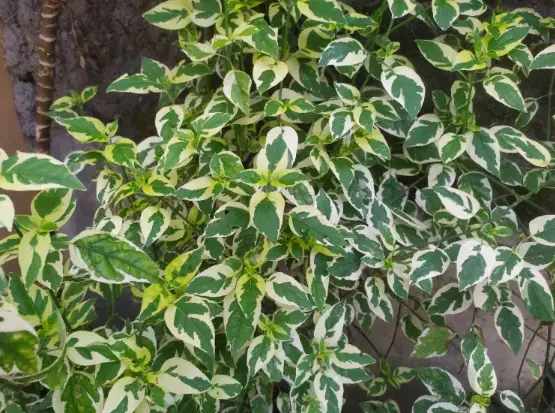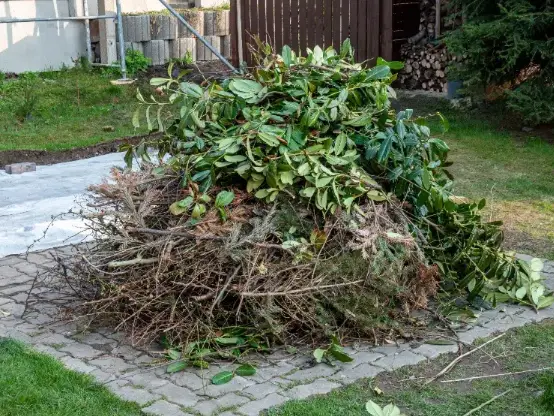Why Should We Prune Our Plants? Which Shrubs Should We Prune in July?

Why Prune?
Pruning is not limited to autumn or spring; summer pruning offers numerous benefits. It helps to:
- Control the shape of invasive plants, which is crucial for small gardens.
- Promote plant health and provide a second youth to shrubs.
- Enhance branching and the formation of new branches, leading to improved flowering.
- Improve the aesthetic appearance of your garden, giving shrubs a more elegant look.
While pruning is typically done at the end of winter, some shrubs benefit from summer pruning. Additionally, light autumn pruning can be advantageous depending on the shrub. Each month has its specific pruning tasks, and in July, the focus is on mock orange and deutzia.
Which Shrubs Should Be Pruned in July? Mock Orange and Deutzia
Mock Orange
Prune mock orange immediately after flowering if it becomes too large or invasive. July is an ideal time for this, along with June. To prune effectively:
- Start at the heart of the shrub, working inward.
- Finish with the outer branches.
- Distribute the branches to be pruned evenly.
- Shorten branches by 30-40 cm, cutting just above an outward-facing bud.
For rejuvenation, if you plan a 3-year cycle, prune one-third of the branches each year. For a 5-year cycle, prune one-fifth of the branches annually.
Deutzia
Deutzia, a shrub native to Asia, adapts well to various growing conditions. It should be pruned just after flowering to avoid disrupting future flowering, which occurs on branches formed the previous summer. For hedge-forming deutzia:
- Limit development or remove dead wood.
- Slightly cut back deflowered branches to encourage branching and more abundant flowering.
- Rejuvenate by removing the oldest branches from the center of the foliage.
By following these guidelines, you can keep your shrubs healthy and vibrant throughout the growing season.



